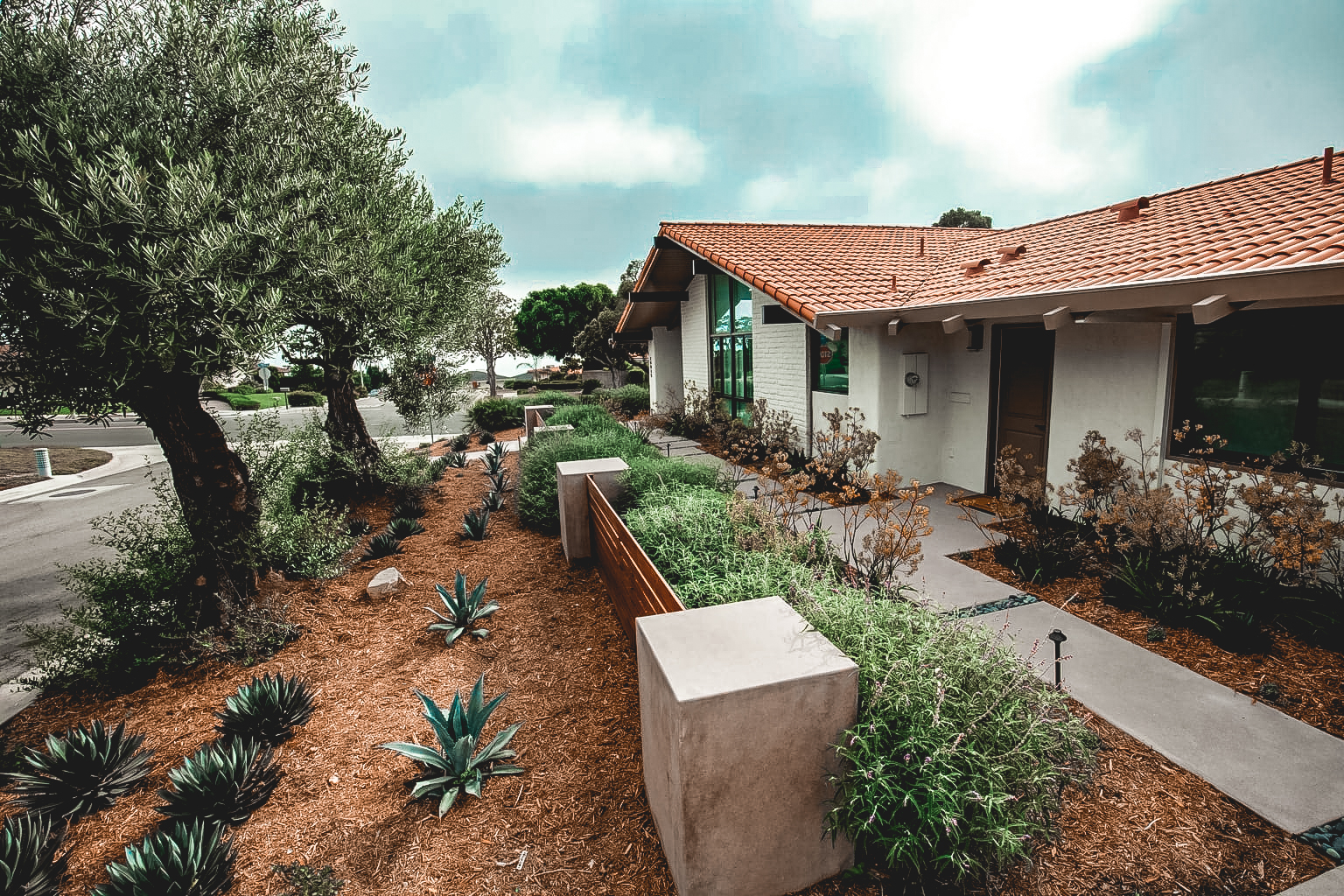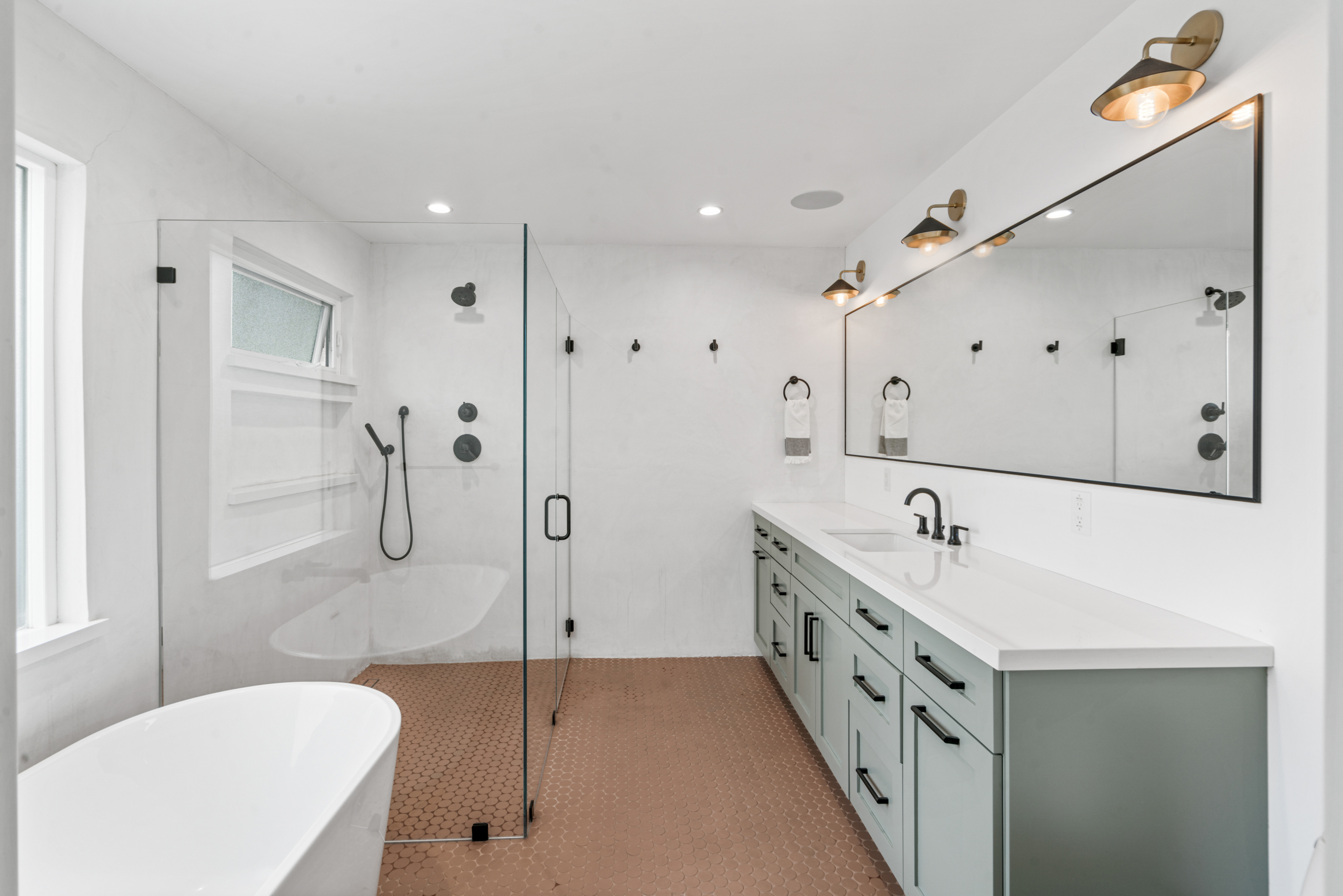Restoring an old house can be a rewarding and fulfilling project, allowing you to breathe new life into a piece of history. Whether you’re an avid DIY enthusiast or working with professionals, it’s essential to approach the restoration process with care and attention to detail. Many common mistakes can be made during the restoration of an old house, which can lead to costly repairs and compromised authenticity. In this article, we’ll explore some of these common mistakes when restoring an old house and how to avoid them.
1. Neglecting a Detailed Inspection
Furthermore, a detailed inspection serves as the foundation for a successful restoration endeavor. It helps you make informed decisions about which aspects of the house require immediate attention and which can be addressed later in the project. By identifying potential issues early on, you can avoid costly surprises and setbacks during the restoration process.
During the inspection, take the opportunity to discuss your goals and vision for the house with the inspector or engineer. Their insights can be valuable in aligning your restoration plans with the house’s structural integrity and historical significance.
Remember that an old house restoration often involves preserving its unique character and historical features. A thorough inspection not only safeguards the structural integrity but also ensures that you can retain and restore these elements effectively. Ultimately, investing in a comprehensive inspection is a wise step toward a successful and satisfying old house restoration project.
2. Ignoring Historical Accuracy
Preserving the historical integrity of an old house is often a top priority for homeowners. However, some people make the mistake of ignoring historical accuracy in favor of modern conveniences.
Avoid replacing period-appropriate features with modern materials or designs that clash with the home’s original character. Instead, work with professionals who specialize in historical restoration to ensure that any changes are in keeping with the house’s era.
3. Underestimating Costs
Old house restoration can be more expensive than you initially anticipate. It’s easy to underestimate the cost of materials, labor, and unexpected repairs that may arise during the project.
To avoid financial stress, create a detailed budget that includes a buffer for unforeseen expenses. It’s also wise to get quotes from multiple contractors and suppliers to ensure you’re getting a fair price for your restoration work.
4. Rushing the Process
Restoring an old house is a time-consuming endeavor that requires patience. Some homeowners rush through the process, hoping to finish quickly. However, rushing can lead to shoddy workmanship and shortcuts that compromise the long-term stability of the house.
Take your time and focus on doing the job correctly, even if it means extending the timeline of your project.
5. Failing to Address Structural Issues First
Before diving into cosmetic upgrades, it’s essential to address any structural issues your old house may have. Issues like a compromised foundation, roof leaks, or deteriorating framing should be tackled first. Ignoring these problems can lead to more significant damage down the road and potentially jeopardize your restoration project.
6. Disregarding Energy Efficiency
While preserving historical accuracy is important, it’s also crucial to consider energy efficiency. Older homes can be notoriously inefficient when it comes to heating and cooling. Failing to address these issues during restoration can result in high energy bills and discomfort. Look for ways to incorporate modern insulation and HVAC systems while still respecting the historical character of the house.
7. Skipping Permits and Regulations
Restoration projects often require permits and adherence to building codes and historical preservation regulations. Skipping this step can lead to legal issues and fines. Be sure to check with your local authorities and historical preservation organizations to understand the requirements for your restoration project and secure the necessary permits.
8. Neglecting Regular Maintenance
Once your old house is restored, it’s essential to stay on top of regular maintenance. Neglecting maintenance can result in the deterioration of your hard work over time. Create a maintenance schedule and perform inspections periodically to catch any issues before they become major problems.
In conclusion, restoring an old house can be a labor of love, but it also comes with its fair share of challenges. Avoiding common mistakes like neglecting inspections, disregarding historical accuracy, underestimating costs, and rushing the process can help ensure a successful and satisfying restoration project. Take your time, seek professional advice when needed, and remember that preserving the history and character of the house is often the most rewarding aspect of the endeavor.
Take a look at Restoring a Vintage Home in Orange County: Tips and Tricks for a more successful house restoration project.


